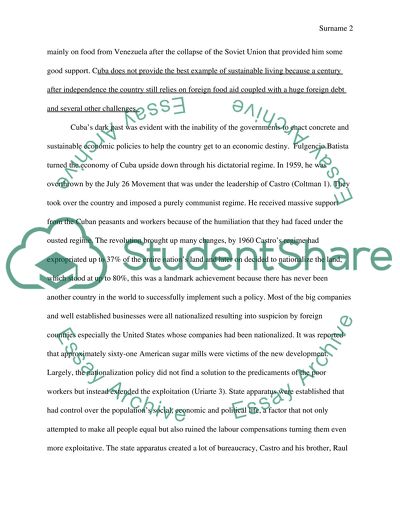Cite this document
(“Cuba As An Example Of Sustainable Living Essay Example | Topics and Well Written Essays - 2500 words”, n.d.)
Retrieved from https://studentshare.org/english/1496026-cuba-as-an-example-of-sustainable-living
Retrieved from https://studentshare.org/english/1496026-cuba-as-an-example-of-sustainable-living
(Cuba As An Example Of Sustainable Living Essay Example | Topics and Well Written Essays - 2500 Words)
https://studentshare.org/english/1496026-cuba-as-an-example-of-sustainable-living.
https://studentshare.org/english/1496026-cuba-as-an-example-of-sustainable-living.
“Cuba As An Example Of Sustainable Living Essay Example | Topics and Well Written Essays - 2500 Words”, n.d. https://studentshare.org/english/1496026-cuba-as-an-example-of-sustainable-living.


